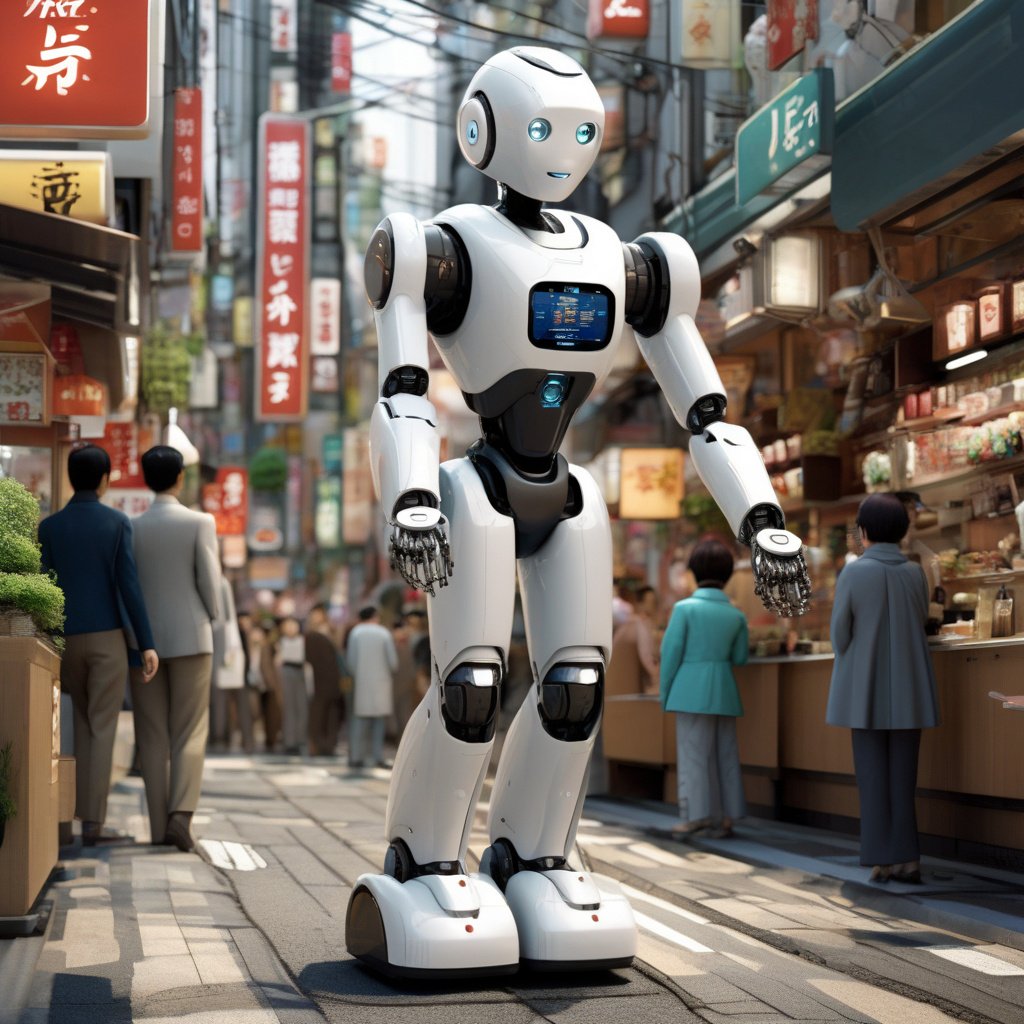Japan’s Service Robot Market Set to Triple by 2030
In response to Japan’s aging population and the challenges posed by labor shortages, businesses in the country are turning to service robots as a solution. According to Bloomberg, Japanese companies are increasingly incorporating service robots into their operations to complement their human workforce. This strategic shift is not only addressing immediate labor gaps but also setting the stage for significant growth in the service robot market.
Research conducted by Fuji Keizai indicates that Japan’s service robot market is on track to expand drastically by 2030. The market is projected to almost triple in size, reaching a value of ¥400 billion (equivalent to $2.7 billion). This substantial growth forecast underscores the pivotal role that service robots are poised to play in the country’s economic landscape in the coming years.
One of the key factors fueling this anticipated surge in the service robot market is the invaluable insight provided by the Recruit Works Institute. This organization forecasts a compelling trajectory for the industry, highlighting the profound impact that service robots will have on various sectors in Japan. With such projections in place, it is evident that service robots are not merely a trend but a transformative force that is reshaping the future of work in Japan.
The integration of service robots into diverse industries is already demonstrating tangible benefits. For instance, in the healthcare sector, robots are assisting medical professionals in patient care, monitoring vital signs, and performing routine tasks. In retail, service robots are streamlining operations by providing customer assistance, managing inventory, and enhancing overall efficiency. These practical applications underscore the versatility and adaptability of service robots across different fields.
Moreover, the evolution of artificial intelligence (AI) and machine learning technologies is further propelling the capabilities of service robots. Advanced algorithms enable robots to analyze data, make informed decisions, and continuously improve their performance over time. As AI continues to advance, service robots will become increasingly sophisticated, enhancing their functionality and expanding their potential applications.
In light of these developments, businesses in Japan are recognizing the strategic imperative of investing in service robots to remain competitive and sustainable in the long run. By embracing automation and leveraging cutting-edge technologies, companies can optimize their operations, reduce costs, and deliver enhanced services to their customers. The growing adoption of service robots is not just a response to current challenges but a proactive strategy to drive innovation and growth.
As Japan’s service robot market continues to evolve and expand, it presents exciting opportunities for technology developers, manufacturers, and businesses seeking to capitalize on this burgeoning industry. By staying abreast of the latest trends, innovations, and market dynamics, stakeholders can position themselves for success in this dynamic landscape. The projected tripling of the service robot market by 2030 signifies a significant milestone in Japan’s technological advancement and underscores the transformative potential of robotics in reshaping the future of work and industry.

